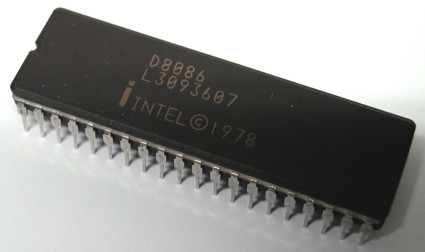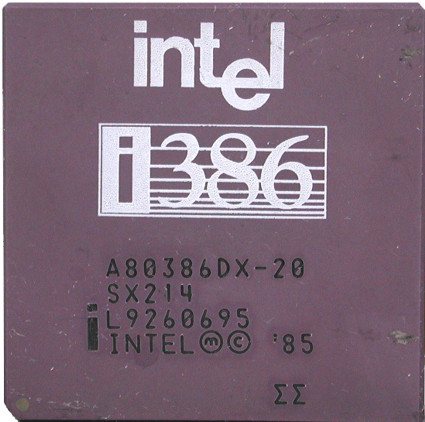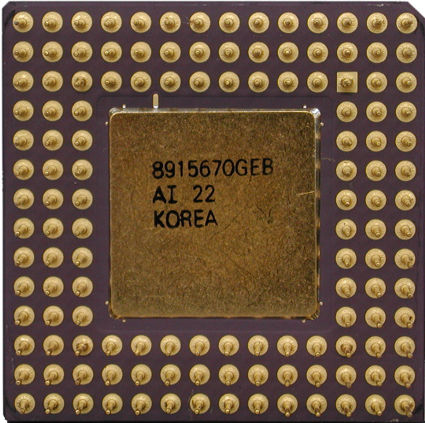The Mother of All CPU Charts Part 1
1978: Beginning Of The X86 Era
It wasn't that long ago - but in the computer age, it's an eternity. In 1978 Intel introduced the 8086 processor, which even now is the basis for all x86-compatible CPUs. A European headquarters for the chip manufacturer, now located in Feldkirchen, Germany, near Munich, was not even on the drawing board. The "XT" PC, as it was then called, clocked 4.77 and later 8 MHz and could access maximum memory of 1 MB.
The mother of all x86 CPUs: The 8086 processor from Intel clocked at a frequency of 4.77 MHz
At this time, RAM was still in the range of kiloBytes. Well-equipped systems had 256 kB comprising individual memory chips. The crowning touch: If it was equipped with 320 kB, the computer could start Windows 1.0. On the other hand, hard drives were expensive and rare commodities at the time. Those well-heeled people who could afford them equipped their personal computers generously with two disk drives. Some users may even remember the big floppy disks in 8 inch format - the precursors of the 5.25 inch media. In 1982 Intel introduced its 286, which included 16 bit ISA slots in its platform. The maximum memory expansion using SIMM memory modules rose to 1 MB. Three years later the 386 followed (in 1985), which theoretically could manage a gigantic 4 GB of RAM. The motherboards needed for this (and the technology for them) did not exist.
The 386 was the first 32 bit CPU that was based on x86 technology and didn't require a cooler
Although the 386 CPU supported 32 bit mode, there were no corresponding operating systems.
A typical system featured 4 megaBytes, and for the first time, MS Windows could make use of virtual memory from the hard drive in 386 mode. While the first 386 still clocked 16 MHz, four years later a model twice as fast with a 32 MHz clock speed could be purchased.
Get Tom's Hardware's best news and in-depth reviews, straight to your inbox.
Current page: 1978: Beginning Of The X86 Era
Prev Page From 1995 To 2005, Continued Next Page 1989: PC Systems In The Mass Market - Sockets 1, 2 And 3Tom's Hardware is the leading destination for hardcore computer enthusiasts. We cover everything from processors to 3D printers, single-board computers, SSDs and high-end gaming rigs, empowering readers to make the most of the tech they love, keep up on the latest developments and buy the right gear. Our staff has more than 100 years of combined experience covering news, solving tech problems and reviewing components and systems.
-
Rare Intel Pentium P5 wafer with chips:Reply
http://www.chipsetc.com/intel-journey-inside-educational-chip-kits.html



